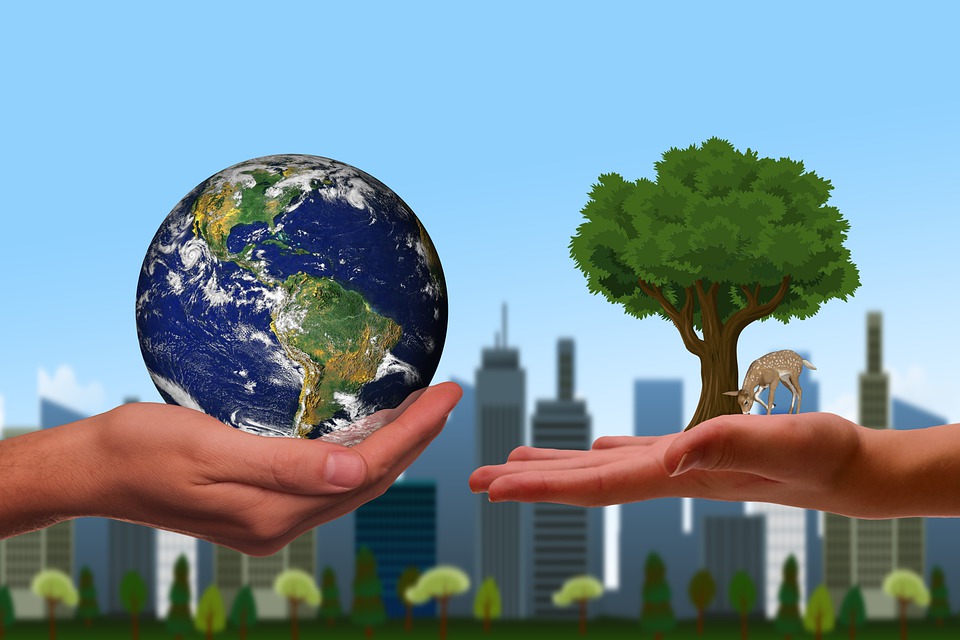In today’s rapidly evolving world, businesses are increasingly turning their focus towards sustainable practices. One significant aspect of this shift is zero waste packaging design. This innovative approach plays a crucial role in minimizing environmental impact while meeting consumer demands for eco-friendly products.
As businesses strive to adopt greener strategies, understanding the principles of zero waste packaging design is essential. Not only does it align with environmental goals, but it also enhances brand reputation and customer loyalty. In this article, we will explore the key components of zero waste packaging and how businesses can implement them effectively.

What is Zero Waste Packaging Design?
Zero waste packaging design refers to the creation of packaging solutions that aim to eliminate waste through the entire lifecycle of a product. It emphasizes the use of sustainable materials, efficient design, and responsible disposal methods to reduce the environmental footprint.
The Importance of Sustainable Materials
Choosing sustainable materials is a fundamental aspect of zero waste packaging design. These materials are often biodegradable or recyclable, minimizing pollution and conserving natural resources. Businesses can opt for materials such as recycled paper, biodegradable plastics, and compostable options to align with eco-friendly objectives.
Efficient Design for Minimal Waste
Another critical element of zero waste packaging design is efficient design. This involves creating packaging that uses minimal materials while still protecting the product. Streamlining packaging design can reduce waste during production and transportation, ultimately lowering costs.
Benefits of Zero Waste Packaging for Businesses
Implementing zero waste packaging design offers numerous benefits for businesses. Beyond environmental advantages, it can lead to increased customer satisfaction and improved brand reputation.
Enhanced Brand Image
Consumers today are more conscious of their environmental impact. By adopting zero waste packaging design, businesses can enhance their brand image and appeal to eco-conscious customers. This can differentiate a brand in a competitive market, fostering customer loyalty.
Cost Savings and Efficiency
While the initial investment in zero waste packaging may seem daunting, it can lead to long-term cost savings. Efficient design and the use of sustainable materials can reduce production costs, while also decreasing waste disposal expenses. This efficiency can translate into higher profit margins.
Implementing Zero Waste Packaging in Your Business
For businesses looking to transition to zero waste packaging design, a strategic approach is essential. Here are some steps to consider:
Conduct a Packaging Audit
Begin by assessing your current packaging practices. Identify areas where waste can be reduced or eliminated. Consider the materials used, the design of the packaging, and the disposal methods employed.
Choose the Right Materials
Select materials that align with zero waste packaging principles. Look for options that are recyclable, biodegradable, or compostable. Collaborate with suppliers who share your commitment to sustainability.
Design for Minimal Waste
Work with packaging designers to create solutions that minimize waste. This might involve reducing the size of packaging, eliminating unnecessary components, or opting for reusable designs.
Challenges in Zero Waste Packaging Design
While the benefits of zero waste packaging design are significant, businesses may face challenges during implementation.
Balancing Cost and Sustainability
Finding a balance between cost and sustainability can be challenging. Sustainable materials may have higher upfront costs, but businesses must weigh these against long-term savings and brand value.
Supply Chain Limitations
Not all suppliers may offer sustainable options, making it essential to build strong partnerships with vendors who prioritize eco-friendly practices. This may require businesses to seek new suppliers or invest in research and development.
Future Trends in Zero Waste Packaging
The future of zero waste packaging design is promising, with ongoing advancements in materials and technology.
Innovative Materials
Research into new materials is paving the way for innovative packaging solutions. From plant-based plastics to materials made from agricultural waste, these advancements are opening new possibilities for sustainable design.
Technology Integration
Technology plays a crucial role in the future of zero waste packaging. Smart packaging, which uses digital tools to enhance supply chain efficiency and reduce waste, is becoming increasingly popular.

FAQs
What is zero waste packaging design?
Zero waste packaging design focuses on creating packaging that minimizes waste through sustainable materials, efficient design, and responsible disposal.
How can businesses benefit from zero waste packaging?
Businesses can benefit from zero waste packaging design through enhanced brand image, cost savings, and increased customer satisfaction.
What challenges might businesses face in implementing zero waste packaging?
Challenges include balancing cost with sustainability and navigating supply chain limitations.
To learn more about sustainable packaging practices, you can visit sustainable printing on the zero waste printing methods page. Additionally, explore the environmental benefits discussed by eco-conscious printing strategies.
This article contains affiliate links. We may earn a commission at no extra cost to you.







